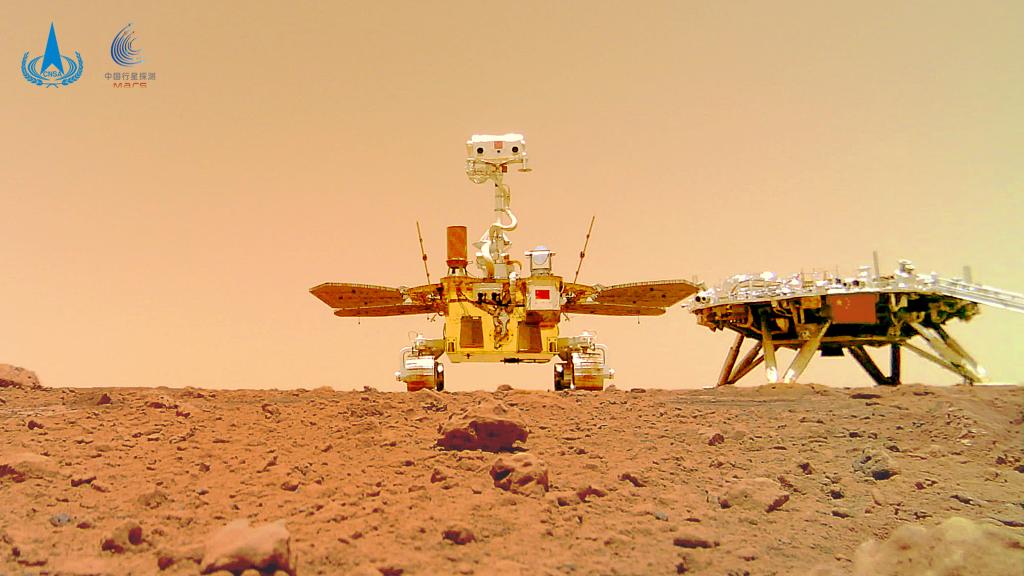Australian-Chinese research makes breakthrough in solving mystery of how Mars evolved


CANBERRA -- Australian and Chinese scientists have made a breakthrough in solving the mystery of how the landscape of Mars evolved over billions of years.
In a study published on Wednesday, researchers from the Australian National University (ANU) and Chinese Academy of Sciences analyzed seismic activity on Mars, known as marsquakes.
The team located a cluster of six marsquakes in the planet's southern highlands, which cover about two-thirds of the surface of Mars.
The researchers said that the marsquakes indicate that the differences in the geography between the southern and northern regions of Mars, a phenomenon known as the Mars dichotomy, were likely shaped by the transfer of heat in the planet's inner layers.
"The data from these marsquakes, when compared with the well-documented northern hemisphere marsquakes, reveal how the planet's southern hemisphere is significantly hotter compared to its northern hemisphere," Hrvoje Tkalcic, a co-author of the study from ANU, said.
"Understanding whether convection is taking place offers clues into how Mars has evolved into its current state over billions of years," he said.
He added that there are two competing hypotheses to explain why the southern hemisphere of Mars has a thicker crust and is five to six kilometers higher in elevation than the northern hemisphere.
The first hypothesis, the endogenic hypothesis, states that the transfer of heat in the interior of Mars billions of years ago formed the dichotomy.
The second, the exogenic hypothesis, believes that events in space shaped the differences.
Tkalcic said that the new findings are the first observational evidence supporting the endogenic theory.
Weijia Sun from the Chinese Academy of Sciences said that the difference in topography between the southern and northern regions of Mars is equivalent to the height of the highest mountain ranges on Earth.
The team used data collected by NASA's InSight seismograph on Mars.
































